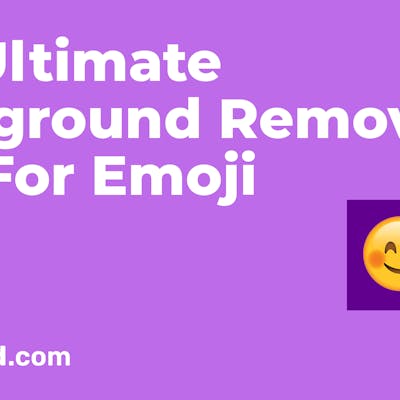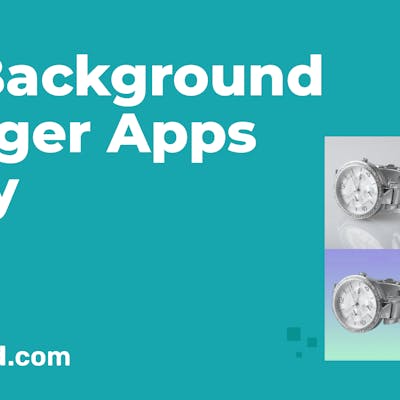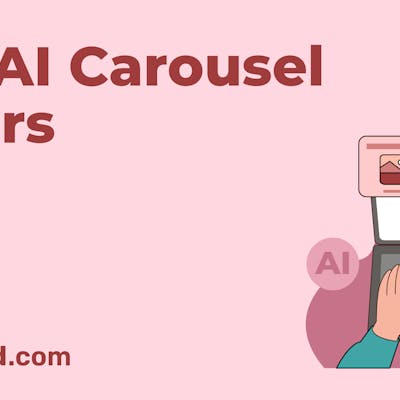Art and design, although often interconnected, possess subtle differences that can sometimes appear contradictory. To understand these distinctions, let’s delve into the discussion of art vs design.
Design, in its essence, is a problem-solving process aimed at achieving practical solutions. It focuses on generating tangible outcomes that serve a purpose. On the other hand, art is a medium of expression that carries profound meaning. Artists create works intended to evoke emotions and stimulate contemplation in the viewer.
The primary objective of art is to elicit a response from the audience, whether through the exploration of emotions or the challenging of perspectives. In contrast, design centers around addressing specific problems and reaching predetermined goals. It emphasizes functionality and practicality in its pursuit of effective solutions.
While art embraces open-ended interpretations and subjective experiences, graphic design is driven by a defined purpose and a need for problem-solving. Artists rely on their imagination, personal experiences, and emotions to create, while designers, particularly in graphic design, work within established parameters and consider factors such as usability, aesthetics, and user experience to communicate messages effectively through visual elements.

5 Major Distinctions in Art vs Design:
1. Final Products
The final product in art is wonderfully attractive, while the design is a solution that involves creative procedures. In the case of art, the final product is an illustration or a portrait resulting from the artist’s ideas and imagination. The end product in art is a painting, a picture, or a mural.
In design, the final product is made using sketches, images, and graphics, which are used as a means of communication. These products may be a video, a movie, or even a frequently used device like a chair.
Bonus: Lightning Fast Design on Simplified
2. Purpose
The purpose of an artist, when they create artwork, is to bring their ideas and ambitions to fruition and share them with others. That is the sole purpose of art; to share a beautiful depiction with one’s audience.
On the other hand, the purpose of design is to create or improve a product or a service and solve a problem of a client or a consumer. In this case, a designer customizes a product according to business to ultimately provide customer satisfaction. The end goal of the piece makes a big difference in art vs design.
3. Expertise
The expertise of an artist versus a designer is entirely different. Artists are craftsmen; they exhibit the highest skill level to create top-notch artworks. The creativity of an artist increases over time, which in turn, increases the value of the masterpiece.
On the other hand, the expertise of a designer is effective communication and the ability to solve problems easily and quickly. Design cannot be vague; it is meant to articulate and express what exactly the user wants.
As rightly quoted by Steve Jobs, “Design is not just what it looks like and feels like. Design is how it works”.

4. User engagement
An artist has less or no user engagement or interaction while creating his piece of art. An artist does not create his piece for a particular set of users or customers unless asked. The user engagement with an artist’s piece of work is very meek and has very little occurrence.
Meanwhile, user engagement is an integral part of the design. A product or a service is created by a designer based on the problems faced by the users. A designer has multiple interactions before finalizing the product, and user engagement plays a pivotal role in designing a successful product.
5. Production
A beautiful piece of art is produced or created to be sold as an exclusive and authentic product for an amount of money that is determined by the efforts and time invested by the artist.
However, when a designer creates a product, it is done with the motive of mass production. Consumables like furniture and electronics are mass-produced. The design of these products is finalized based on how they are produced.
Art and design may seem to be familiar despite the above differences. Designers and artists are completely different professionals with different skill sets and different purposes. Artists are instinctive, while designers are rationalists. Artists just use their creative side, while designers use their creativity as well as their analytical sides to create a stellar product. In conclusion, design is a perfect amalgamation of both art and science.

Bonus: Biggest Challenges Faced By Every Freelance Graphic Designer
Simplified’s Approach to Visual Media
In the realm of art vs design, understanding the subtle differences and interconnections between the two disciplines is essential. While art aims to express emotions and provoke introspection, design focuses on problem-solving and achieving practical solutions. However, these distinctions do not create a divide between the two fields; rather, they contribute to their mutual enrichment and collaboration.
In this context, Simplified emerges as a platform that caters to both designers and artists, providing a plethora of tools to enhance productivity and streamline the creative process. Simplified offers a comprehensive graphic design tool set, empowering designers to create visually captivating and functional solutions. From sketching to creating stunning visuals, Simplified equips designers with the necessary resources to bring their ideas to life and communicate effectively.
Furthermore, Simplified’s AI art generator opens up new avenues for artists seeking to explore the possibilities of technology in their creative endeavors. By harnessing the power of artificial intelligence, artists can experiment with novel techniques, generate unique compositions, and expand their artistic horizons. Simplified’s AI art generator serves as a catalyst for innovation, enabling artists to push boundaries and discover new forms of expression.
By bridging the worlds of design vs art, Simplified provides a platform where designers and artists can harness their skills, leverage cutting-edge tools, and foster creative collaboration. Whether seeking practical solutions or exploring artistic expression, Simplified empowers individuals to unlock their full creative potential. Through its comprehensive offerings, Simplified serves as a catalyst for inspiration, enabling creators to produce remarkable works that seamlessly blend artistry and functionality.
Conclusion
In conclusion, art vs design, with their distinct yet intertwined nature, play essential roles in our visual culture. Simplified, with its graphic design tool and AI Image generator, exemplifies the harmonious relationship between these disciplines, providing a platform that nurtures creativity, boosts productivity, and encourages the exploration of new artistic frontiers. Embracing the convergence of art and design in platforms like Simplified allows us to push the boundaries of human creativity, unlock new possibilities, and inspire a world where art and design thrive in unison.


![10 Best AI Image Restoration Tools to Try in 2025 [Free & Paid] 10 Best AI Image Restoration Tools to Try in 2025 [Free & Paid]](https://siteimages.simplified.com/blog/Best-AI-Image-Restoration-Tools-01.png?auto=compress&fit=crop&fm=png&h=400&w=400)
![How to Use Photoshop AI Generative Fill Feature [2025] How to Use Photoshop AI Generative Fill Feature [2025]](https://siteimages.simplified.com/blog/How-to-Use-Photoshop-AI-Generative-Fill-01-1.png?auto=compress&fit=crop&fm=png&h=400&w=400)
![20 Podcast Thumbnail Ideas to Boost Your Show’s Visual Appeal + Best Practices [2025] 20 Podcast Thumbnail Ideas to Boost Your Show’s Visual Appeal + Best Practices [2025]](https://siteimages.simplified.com/blog/Podcast-Thumbnail-Ideas-to-Boost-Your-Show-02-1.png?auto=compress&fit=crop&fm=png&h=400&w=400)




